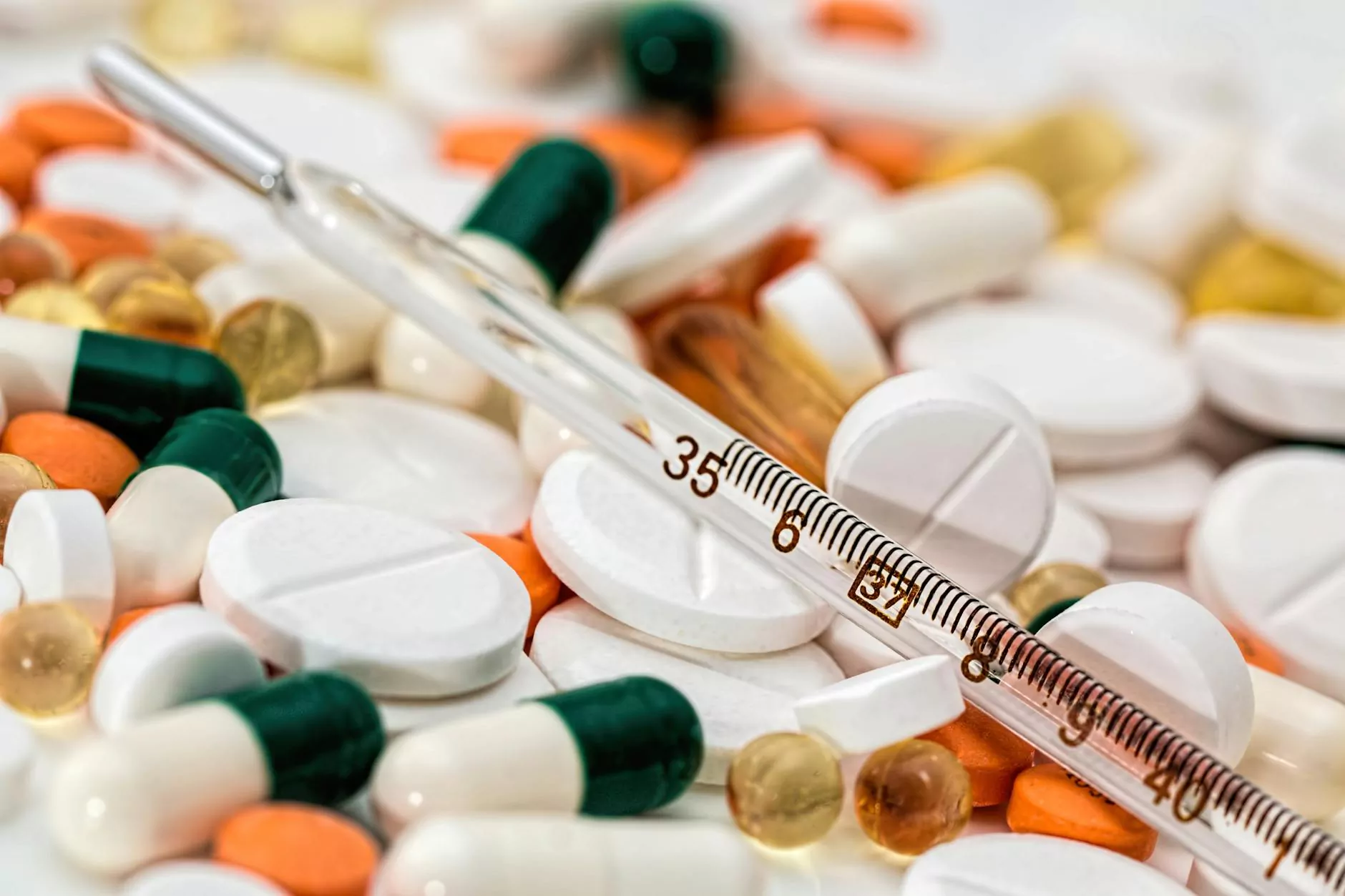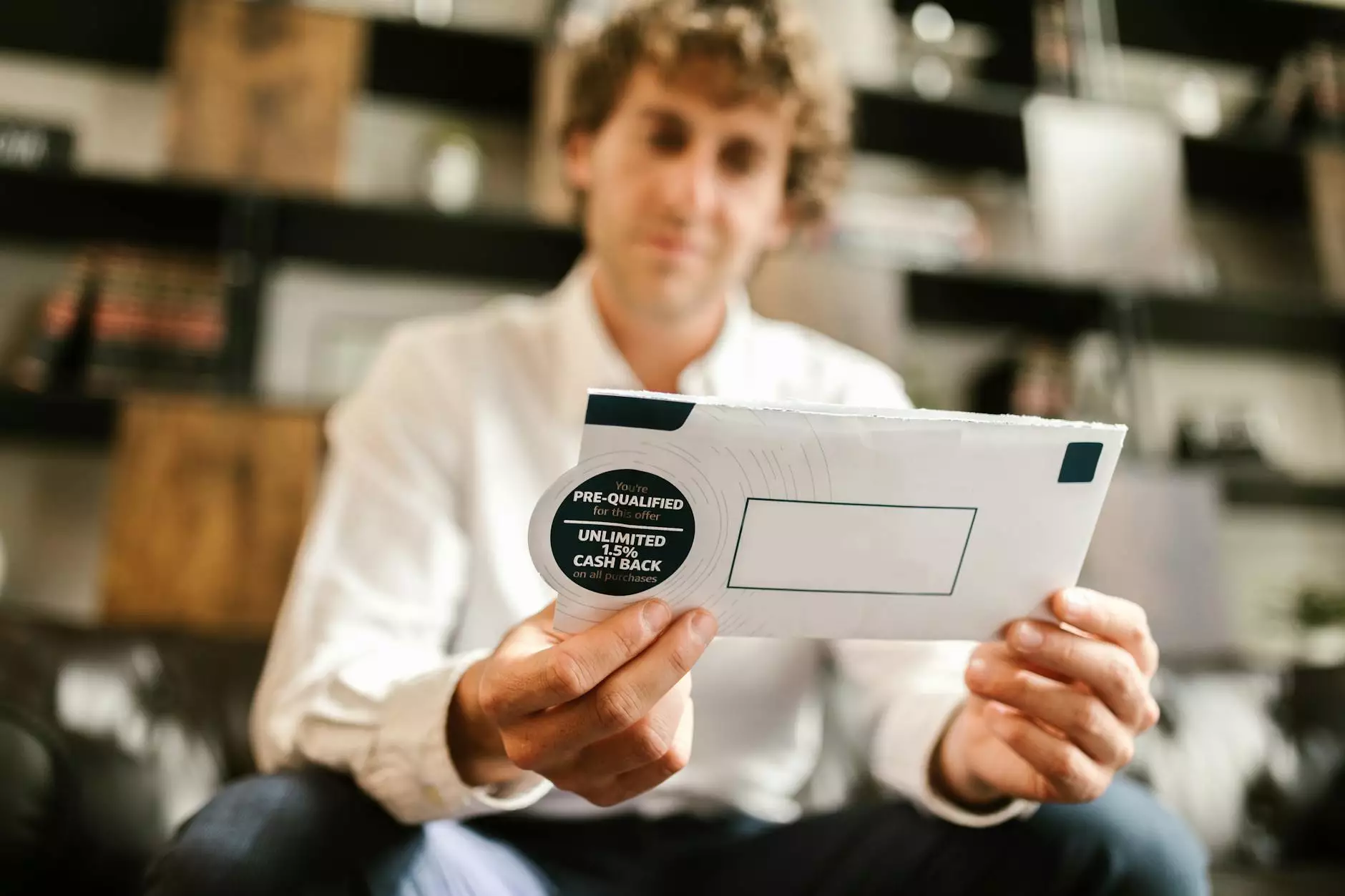Understanding the DEXA Machine: Revolutionizing Bone Health Assessment

The dexa machine, known scientifically as Dual-Energy X-ray Absorptiometry, has emerged as a cornerstone in the fields of health and medicine, particularly in assessing bone density and body composition. With its ability to provide detailed insights into an individual's health, the DEXA machine plays a vital role in both preventive care and treatment strategies in various medical settings.
What is a DEXA Machine?
The DEXA machine is a sophisticated piece of medical equipment that employs low-level X-ray beams to measure the density of bone. By comparing the absorption of these X-rays through different types of tissue—such as bone and soft tissue—the machine can determine the mineral content and provide a comprehensive assessment of bone health.
The Technical Operation of DEXA
Unlike traditional X-ray machines, a dexa machine utilises two distinct X-ray energies. This dual-energy approach allows for precise differentiation between bone tissue and other soft tissues. The device scans the body, typically focusing on areas such as the lumbar spine, hip, and forearm, which are common sites for osteoporosis-related fractures. The results of a DEXA scan are expressed as a T-score and Z-score, which are crucial for diagnosing conditions like osteopenia and osteoporosis.
Understanding Bone Health and Its Importance
Bone health is a critical aspect of overall well-being, impacting mobility, longevity, and quality of life. As we age, bones naturally lose density, increasing the risk of injuries and conditions like osteoporosis. Using a dexa machine to monitor bone density is vital for early detection and intervention, which can significantly mitigate health risks associated with weak bones.
Key Health Indicators from DEXA Scans
- T-score: This score indicates how much your bone density deviates from the average of a young, healthy population.
- Z-score: This score indicates how your bone density compares to others of the same age and sex.
- Body Composition Analysis: In addition to bone density, DEXA can provide insight into body fat percentage and muscle distribution.
Applications of the DEXA Machine in Medical Centers
The dexa machine is not only essential for diagnosing bone diseases but is also an invaluable tool across various medical specialties. Its applications include:
Osteoporosis Management
One of the primary uses of the DEXA scan is in assessing and managing osteoporosis. By identifying patients at risk, healthcare providers can implement preventive measures, including lifestyle changes and medications that can improve bone density.
Research and Clinical Studies
In the realm of research, DEXA scans play a crucial role in clinical studies focused on bone health. Researchers utilize data obtained from DEXA scans to develop new treatments, evaluate the efficacy of drugs, and investigate the correlations between bone density and other health conditions.
Weight Management and Body Composition Analysis
Beyond bone health, the dexa machine is a powerful tool for analyzing body composition. Health professionals can use DEXA scans to assess fat distribution, muscle mass, and overall health, allowing for tailored weight management programs.
The Benefits of Using the DEXA Machine
The implementation of DEXA machines in health and medical centers offers numerous benefits:
- Enhanced Precision: The advanced technology provides highly accurate measurements that other methods cannot offer.
- Non-Invasive Procedure: DEXA scans are quick, painless, and do not require advanced preparation, making them accessible to a wide range of patients.
- Early Detection: The ability to monitor bone density regularly allows for early intervention in patients at risk of osteoporosis.
Expanding Awareness in Health Markets
There is a growing recognition of the importance of bone health, and this awareness is expanding within health markets. The role of the dexa machine in public health initiatives cannot be overstated, as education on osteoporosis and bone health becomes increasingly prevalent.
Community Awareness Programs
Health markets are now implementing community awareness programs that advocate for regular DEXA scans, particularly among high-risk populations, such as post-menopausal women and individuals over 50. These initiatives aim to reduce the burden of osteoporosis-related fractures and improve quality of life for the aging population.
Integrating DEXA Scans in Routine Check-ups
With an increasing emphasis on preventive medicine, incorporating DEXA scans into routine health check-ups is becoming standard practice. This shift ensures that bone health is monitored closely and any potential issues are addressed proactively.
Future Trends in DEXA Technology
The field of bone health monitoring continues to evolve, and several exciting trends are emerging related to the dexa machine.
Technological Innovations
Recent advancements in technology are leading to enhancements in DEXA equipment, improving accuracy and the range of information that can be obtained from scans. These innovations may include:
- Enhanced Imaging Software: Advanced software is being developed to provide more detailed analysis of bone structure and composition.
- Portable DEXA Machines: The advent of portable DEXA technology could revolutionize access to bone density testing, allowing for greater flexibility in how and where scans can be performed.
Personalized Medicine
With the rise of personalized medicine, DEXA scans may increasingly be integrated into customized health plans tailored to individual patients. This shift will enable healthcare providers to offer more targeted interventions based on a patient’s unique bone density profile.
Conclusion: The Role of the DEXA Machine in Modern Healthcare
In conclusion, the dexa machine stands out as a powerful ally in the journey towards optimal bone health. Its precision, non-invasive nature, and ability to provide vital health information make it indispensable in both clinical and community settings. As technology continues to advance and a greater emphasis is placed on preventive health measures, the role of the DEXA machine in assessing bone density and body composition will undoubtedly expand, helping countless individuals maintain stronger, healthier bones.
Investing in awareness and access to DEXA scanning can significantly impact public health initiatives related to osteoporosis and other related conditions. By prioritizing bone health and utilizing advanced technologies like the DEXA machine, we can improve overall health outcomes and foster a more informed population.









